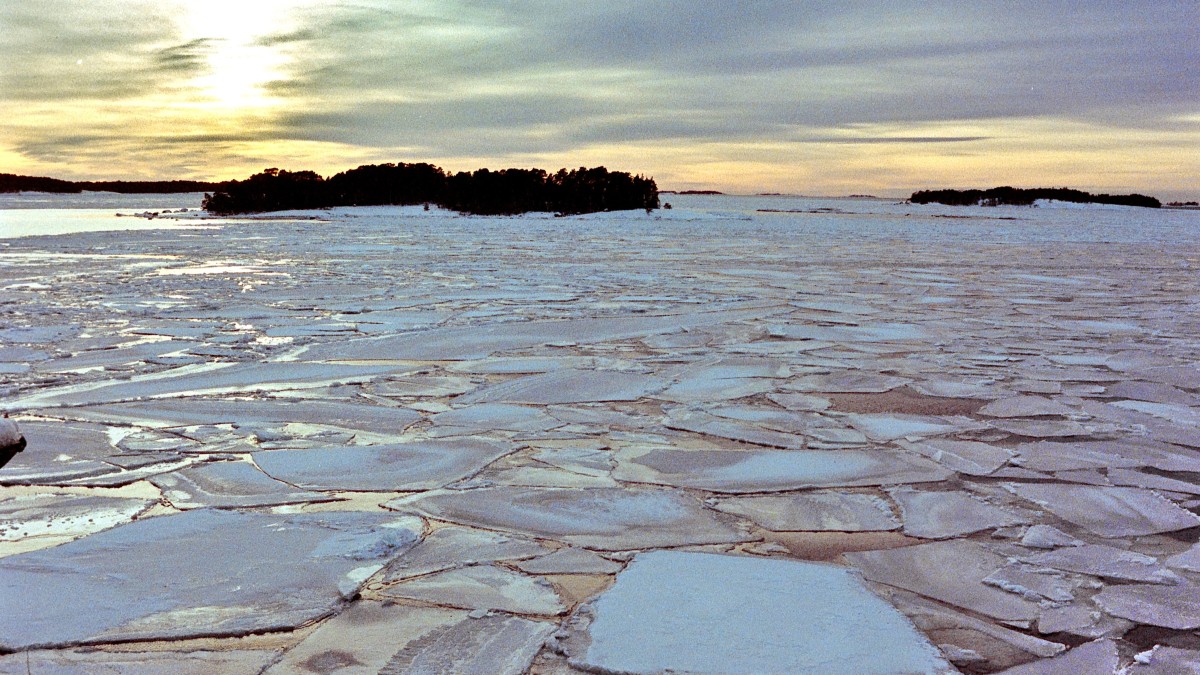Baltic Sea has been freshening and warming for a long time

The temperature in the near-bottom layers has increased by 0.75–2.9 °C over 60 years, that is, by an average of approximately 0.01–0.1 °C per year. Increase in temperature has been particularly rapid in the Gulf of Finland and the northern Baltic Proper.
Over the decades, surface water’s salinity has declined by 0.3–1 unit (per mille), that is, by an average of approximately 0.005–0.02 unit per year.
The information is available in an online article published in the Science of The Total Environment journal. The study concerned the Baltic Sea’s surface and bottom layer in Finnish sea areas and the Baltic Proper.
Climate change is likely to be the cause of these changes. Increased precipitation and freshwater runoff from land together with the very rare Major Baltic inflows explains the continuous decline in surface water salinity.
Further information:
Harri Kankaanpää, Leading Researcher, Finnish Environment Institute (SYKE), tel. +358 295 251 258, harri.kankaanpaa@syke.fi
Petra Roiha, Group Leader, Finnish Meteorological Institute, tel. +358 295 396 506, petra.roiha@fmi.fi
Scientific article is available on Science of The Total Environment Reference: Kankaanpää, H., Alenius, P., Kotilainen, P. & Roiha, P. Decreased surface and bottom salinity and elevated bottom temperature in the Northern Baltic Sea over the past six decades, Science of The Total Environment, Volume 859, Part 2, 2023, 160241, ISSN 0048-9697, https://doi.org/10.1016/j.scitotenv.2022.160241.
